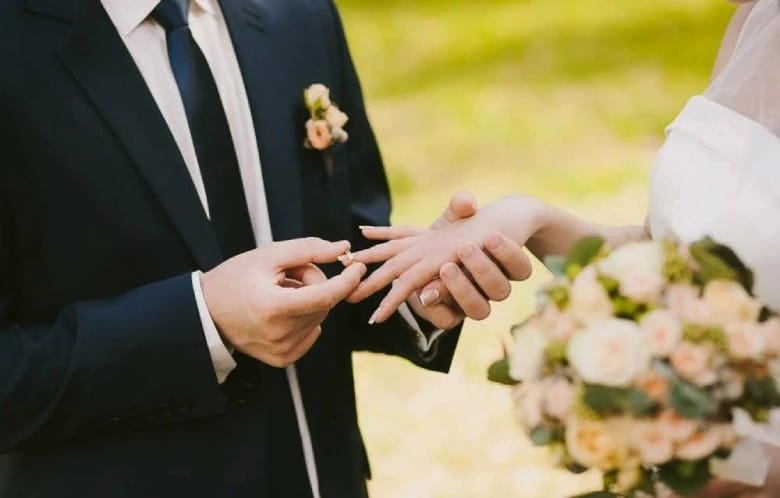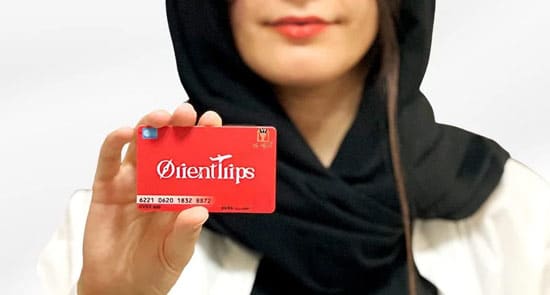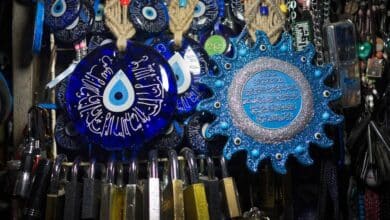Iranian Wedding Rituals: Unique Customs You Must Know
Traditional Iranian Weddings: A Tourist's Guide

Marriage in Iran is not just a union of two individuals but a celebration involving families, culture, and a rich tapestry of customs. Depending on regional subcultures and the economic status of families, these customs can be elaborate or simple, but they all carry a profound sense of tradition and meaning. Let’s explore the key events and rituals that make Iranian weddings a unique cultural experience.
Contents
The Proposal Stage: Khâstegâri

The journey to marriage often starts with Khâstegâri, a formal proposal ceremony. Traditionally, this is when the groom’s family visits the bride’s family to formally ask for their daughter’s hand in marriage. It’s a highly anticipated moment, where both families come together to discuss the future union. Gifts, especially sweets, are exchanged as symbols of good intentions and the beginning of a sweet journey together.
While Khâstegâri remains a significant cultural event, its formality varies today. In modern, urban families, Khâstegâri is often a formal acknowledgment of a relationship that has already blossomed independently. For traditional families, it can be the very first encounter where the groom’s mother and sisters make a careful evaluation of the bride-to-be’s personality.
The Engagement: Nâmzadi

Once both families agree on the marriage, the engagement, or Nâmzadi, follows. During this period, rings are exchanged, and conditions regarding marriage—such as living arrangements, the bride’s right to continue her education, or the mahriyeh (a stipulated gift from the groom to the bride)—are discussed. This is also when the couple may begin to date more freely, with varying degrees of supervision depending on the family’s traditions.
The ‘Aqd Ceremony: Legalizing the Marriage

In Iranian culture, the ‘Aqd ceremony is a significant step where the marriage becomes official. This ceremony is a combination of legal and traditional elements. The ‘Aqd-nâmeh (marriage contract) is signed, specifying the mahriyeh and any additional rights agreed upon. This contract is a crucial document, often containing provisions such as the right for the woman to initiate divorce or maintain custody of children. For many modern couples, a prenuptial agreement with these rights is an important addition.
The Sofreh-ye ‘Aqd: Symbolism in Detail

At the center of the ‘Aqd ceremony lies the beautifully arranged sofreh-ye ‘Aqd. This symbolic spread is arranged on the floor and contains items that represent blessings for the couple—such as rock sugar to sweeten their marriage, herbs for health, and eggs as symbols of fertility. A mirror, placed at the center, allows the couple to see each other as they exchange vows, reflecting their unity. During the reading of the marriage contract, family members hold a fabric above the couple’s heads while sugar is rubbed together, symbolizing a sweet beginning for the couple.
The Wedding Celebration: Jashn-e ‘Arusi

Jashn-e ‘Arusi, the wedding celebration, is the most public part of the marriage process. It involves family, friends, and neighbors, making it a grand affair. Traditionally, these celebrations were held at home, with large gatherings in spacious courtyards. Today, it’s more common to rent elegant halls or even use picturesque outdoor locations. Depending on the families’ means, the party can range from a modest gathering to an extravagant event, often including music, dancing, and lots of delicious food.
The wedding party is also where many couples make their relationship official in the eyes of the larger community. Traditionally, the groom’s family took care of the expenses, but today, many modern families share the costs.
Tradition Meets Modernity
While many aspects of Iranian weddings remain deeply rooted in tradition, there’s also an evolving mix of modern practices. Couples in urban areas might date and form a relationship before the engagement, blending traditional rituals with a more Westernized concept of romance. The process reflects the dynamic nature of Iranian culture, where heritage and modernity coexist seamlessly.
IRAN GROUP TOURS
Join our Iran tours, connecting you with like-minded travelers and streamlining the organization process.
Conclusion
Iranian marriage rituals are not just about tying the knot—they are a reflection of family bonds, cultural heritage, and evolving traditions. Each ceremony, from Khâstegâri to the grand Jashn-e ‘Arusi, adds to the richness of the experience, making weddings in Iran unforgettable for everyone involved. Whether steeped in tradition or modernized with new influences, Iranian weddings remain a beautiful testament to love and culture.










